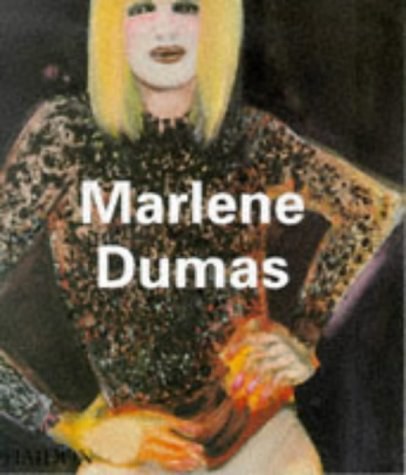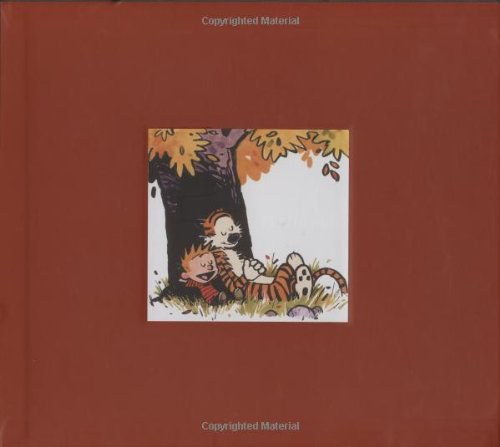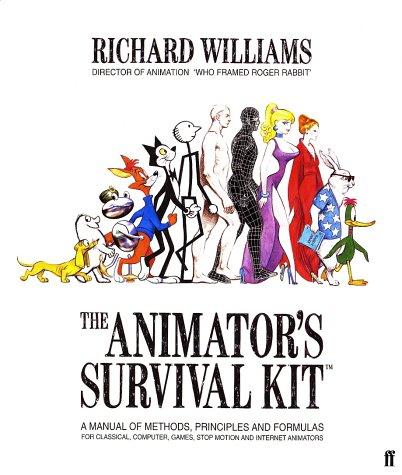
Dan Saffer《Microinteractions: Full Color Edition》
书刊介绍
内容简介
It’s the little things that turn a good digital product into a great one. With this full color practical book, you’ll learn how to design effective microinteractions: the small details that exist inside and around features. How can users change a setting? How do they turn on mute, or know they have a new email message?
Through vivid, real-world examples from today’s devices and applications, author Dan Saffer walks you through a microinteraction’s essential parts, then shows you how to use them in a mobile app, a web widget, and an appliance. You’ll quickly discover how microinteractions can change a product from one that’s tolerated into one that’s treasured.
Explore a microinteraction’s structure: triggers, rules, feedback, modes, and loops
Learn the types of triggers that initiate a microinteraction
Create simple rules that define how your microinteraction can be used
Help users understand the rules with feedback, using graphics, sounds, and vibrations
Use modes to let users set preferences or modify a microinteraction
Extend a microinteraction’s life with loops, such as “Get data every 30 seconds”
作品目录
Chapter 1 Designing Microinteractions
Microinteractions Are Not Features ... But Still Matter
The Secret History of Microinteractions
The Structure of Microinteractions
Microinteractions as a Philosophy
Summary
Chapter 2 Triggers
Manual Triggers
System Triggers
Summary
Chapter 3 Rules
Designing Rules
Limited Options and Smart Defaults
Microcopy
Algorithms
Summary
Chapter 4 Feedback
Feedback Illuminates the Rules
Feedback as a Personality-Delivery Mechanism
Feedback Methods
Feedback Rules
Summary
Chapter 5 Loops and Modes
Modes
Loops
Summary
Chapter 6 Putting It All Together
Example 1: Mobile App
Example 2: Online Shared Playlist
Example 3: Dishwasher Control Panel
Prototyping and Documenting Microinteractions
Orchestrating Microinteractions
Think Small
Appendix Testing Microinteractions
What to Look for During Testing
Using Quantitative Data
A Process for Testing Microinteractions
Colophon
相关推荐
-

邹逢兴《微型计算机原理与接口技术》
《新坐标大学本科电子信息类专业系列教材•微型计算机原理与接口技术》是在《计算机硬件技术基础》的基础上编著出版的“十一五”国
-

朝花夕拾
《朝花夕拾》内容简介:本书是鲁迅先生家喻户晓的回忆性散文集,比较完整地记录了他从幼年到青年时期的生活经历和思想脉络,在塑造
-

PeterPaul Koch《ppk谈JavaScript》
本书全方位介绍了JavaScript,主要讨论了浏览器兼容性、可访问性、底层语法以及与HTML结构层的协同等问题。书中既包括理论性的讲
-
![[美] 罗伯特·马丁《Clean Code》](http://oss.shudanhao.com/caiji/chazidian/2023/3579.jpg)
[美] 罗伯特·马丁《Clean Code》
《CleanCode(评注版)》提出一种观念:代码质量与其整洁度成正比。干净的代码,既在质量上较为可靠,也为后期维护、升级奠定了良好
-

大数据背后的核心技术
大数据背后的核心技术 本书特色 本书分为三大部分,分别为大数据基础理论分析、基于海量语意规则的大数据流处理技术及大数据应用。 *部分介绍大数据领域的主要基础理论...
-

欧洲文艺复兴
《欧洲文艺复兴》内容简介:本书是为综合类大学通识教育所编写的教材,主要介绍了欧洲文艺复兴艺术的历史地位、发展的社会环境以及
-

创业法律900问
《创业法律900问》内容简介:作者以问答形式向在市场中拼搏的创业者介绍了我国公司法、合伙企业法、合同法、票据法、外资企业法、知
-

中国众筹行业发展研究(2019)
《中国众筹行业发展研究(2019)》内容简介:众筹是一种创新模式,自2011年我国出现第一家众筹平台以来,中国众筹已发展了近十年。
-

我们为什么要做企业家
《我们为什么要做企业家》内容简介:世界上生意人常有,真正的企业家属于“稀有动物”,但唯有企业家才能对企业和社会起到强大的引
-

贾倍思《型和现代主义》
《型和现代主义》简介:教学程序和由此产生创造性的思维的关系是《型和现代主义》的中心所在。它也是在对理论和教学实践两方面深
-

DEPHI6培训教程
DEPHI6培训教程 内容简介 本书属于《开发专家之Delphi》系列。本书从对象PASCAL语言的语法开始,逐步讲述Windows编程的基本知识,并详细介绍了...
-

宋代衣食住行
《宋代衣食住行》内容简介:本书为四色印制的有关宋代衣食住行的彩图珍藏类图书。两宋时期是中国古代历史上的一个特殊时期,商品经
-

韦尔曼《jQuery用户界面库学习指南》
《jQuery用户界面库学习指南》介绍了jQuery用户界面库的各种界面控件和交换助手组件,涵盖了jQuery用户界面库的各种方法与技巧。
-

战后世界进程与外国文学进程研究(第三卷):全球化视域下的当代外国文学研究
《战后世界进程与外国文学进程研究(第三卷):全球化视域下的当代外国文学研究》内容简介:20世纪80年代以来,全球化与反全球化两
-

汉字的故事(中华文化故事)
《汉字的故事(中华文化故事)》内容简介:《汉字的故事》以生动活泼的笔调介绍了汉字的创制演变与造字方法,并精选出133个与日常生
-
![[美] 哈姆《神经计算原理》](http://oss.shudanhao.com/caiji/chazidian/2023/262.jpg)
[美] 哈姆《神经计算原理》
《神经计算原理》比较系统全面地介绍了人工神经网络的理论和实际应用,特别在神经网络模型和工程应用方面有极为深入的分析和讲解
-
![[英] 加文·安布罗斯《国际平面设计基础教程》](http://oss.shudanhao.com/caiji/chazidian/2023/37333.jpg)
[英] 加文·安布罗斯《国际平面设计基础教程》
《国际平面设计基础教程》包括《字体设计》《色彩设计》《图形设计》《规格设计》《版式设计》,均使用同一ISBN。目录 简介如何
-

邹静《迎接互联网的明天》
《迎接互联网的明天-玩转3DWeb(附盘)》,全书共5章,第1章主要阐述了国内外空前繁荣的3D互联网技术领域,以及这些领域透射出来的
-

我也有过小时候
《我也有过小时候》内容简介:在中国,任溶溶先生是一个无论大人还是孩子都喜欢的作者,他的许多作品包括译作滋养了几代人,任老先
-

文臣的一天(古代人的一天·第二辑)
《文臣的一天(古代人的一天·第二辑)》内容简介:在漫长的历史发展过程中,中国古代逐步形成了一套规范、严密的文官制度,来保证





